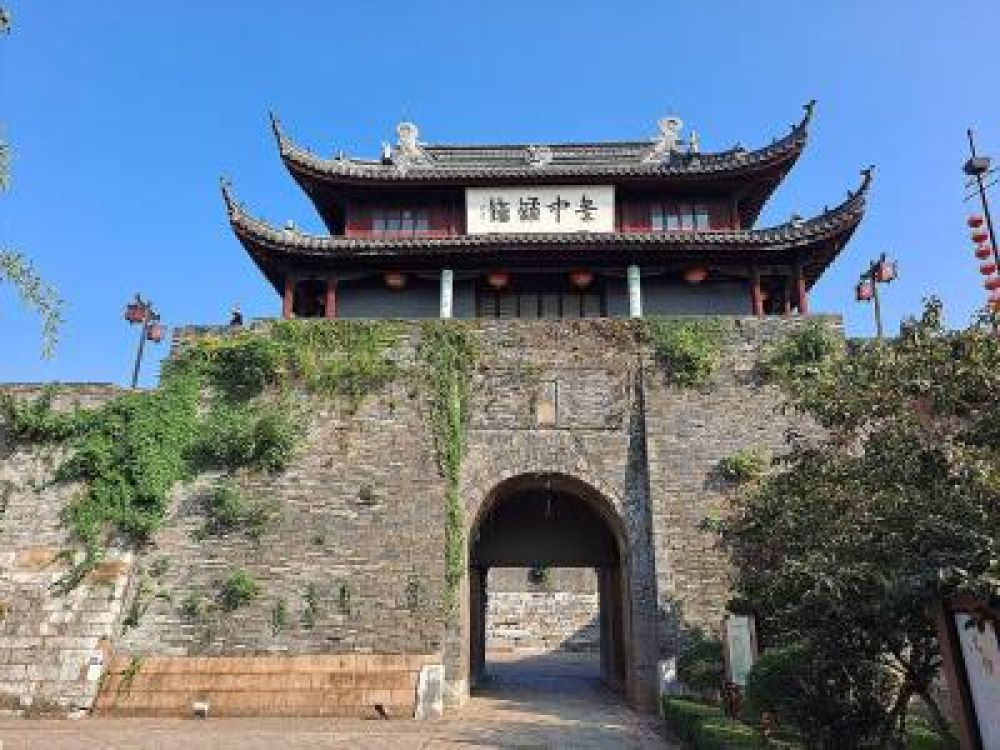

The city of Suzhou is renowned for its ancient gardens, traditional waterside architecture, and historical landmarks. Among these, the Panmen Gate stands out as a significant cultural icon. The gate, which is over 2,500 years old, represents one of the oldest parts of the city wall and is a testament to the grandeur of ancient Chinese engineering and architecture.
Tourism in Suzhou dates back to the sixth century when the city began to flourish as a center of culture and trade during the Sui and Tang dynasties. However, the attention to specific historic sites like the Panmen Gate gained prominence with the development of China's domestic tourism in the 20th century.
Following the economic reforms of the 1980s, China's tourism industry witnessed significant growth, and historic cities like Suzhou became accessible to a broader audience. Panmen Gate, with its impressive water and land gates, was refurbished and opened to the public as a tourist attraction, combining its rich history with scenic beauty.
In recognition of its historical and cultural value, the Chinese government took measures to protect and restore Panmen Gate. The area around the gate was developed to enhance the visitor experience, ensuring the site would retain its historic charm while accommodating modern tourists.
As part of these efforts, the Ruiguang Pagoda, the Wumen Bridge, and the historic sluice gate, which are all important components of the Panmen Gate scenic area, were included in the preservation projects. Accessibility was improved through convenient transportation links and the addition of visitor facilities.
In recent years, Panmen Gate has established itself as a must-see attraction in Suzhou. The complex offers a glimpse into China's ancient past, with its beautifully preserved architecture and tranquil gardens providing a stark contrast to the bustling urban life of modern Suzhou. Tourists can enjoy boat rides along the ancient canals, climb the pagoda for panoramic views, or explore the various halls and structures which house historical artifacts.
The area is not just a haven for history enthusiasts but also attracts photographers and cultural tourists who seek to immerace themselves in traditional Chinese aesthetics. Moreover, with the resurgence of interest in cultural heritage among younger generations, Panmen Gate continues to see robust visitor numbers.
Looking ahead, the latest trend in the tourism industry suggests a growing demand for immersive and interactive experiences. Panmen Gate is poised to cater to these trends by integrating modern technologies such as augmented reality (AR) to convey the historical narratives of the site in a more engaging way.
Furthermore, as international travel returns to normal following the global disruptions due to the pandemic, Panmen Gate is expected to regain its place on the itinerary of international tourists exploring the rich cultural landscape of China. Efforts to promote sustainable tourism are also likely to shape the evolution of this historical site as a premiere destination for cultural and historical tourism in the years to come.